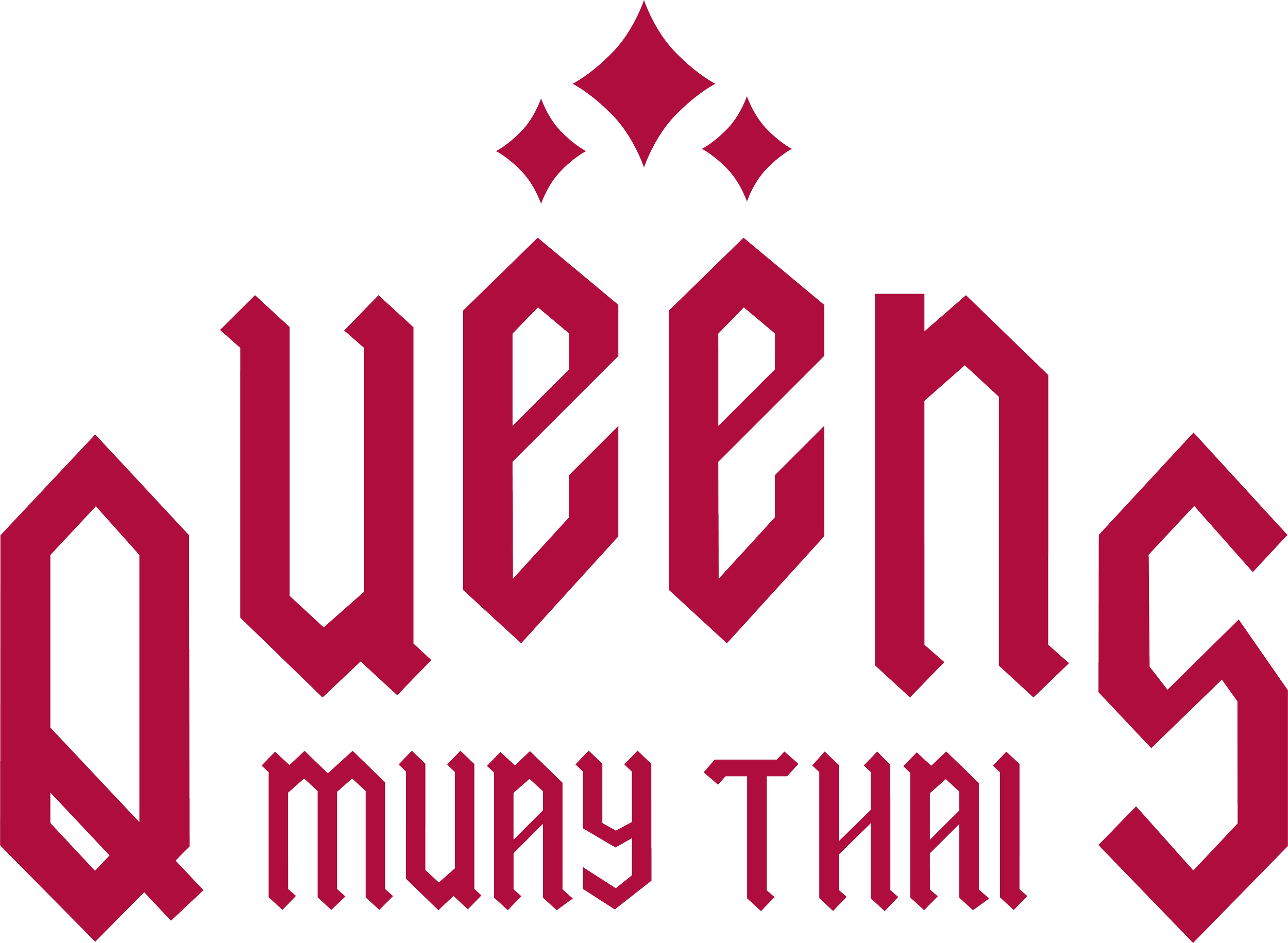OODA Loop
OBSERVE: Use your senses (What do you see, hear, feel, smell, or taste?)
e.g., At a distance, a male jogger staring at his watch is getting closer to me.
ORIENT: Interpret your observations (Why is it happening, and what are the consequences?)
e.g., He is running straight to me because he does not see me, and if neither of us moves, we will collide.
DECIDE: Know your options (How will you respond?)
e.g., Option 1: Move to the side or Option 2: Yell at him to move.
ACT: Respond.
e.g., Move to the side, safely evading the runner.
The OODA Loop is a decision-making process that occurs in a continuous cycle of “Observe-Orient-Decide-Act.” Relevant information regarding the conflict (e.g., what is observed, revealed, implied, or assumed) determines your response. The speed at which the loop can be processed is advantageous to the one who can react and interrupt the threat's decision cycle. Like any skill, reducing the processing time between the steps and successfully responding to the conflict requires rigorous practice, experience, and also, luck.
CUTTING THE LOOP
The OODA loop works in the example above because the situation allowed for time and distance: you can see the runner from afar, and the further the reach of the potential conflict, the more time you have to orient yourself. However, things move faster in combat when the threat is closer (e.g., standing toe-to-toe, within arm’s reach of one another), so "Orient" and "Decide" are now inconvenient. You have to act with minimal information and accept sudden changes in the scenario, which can be hijacked if you rely on getting as much information and sticking to a plan. "Hick's Law" is a concept in which having too many options lengthens decision-making: this can be costly in the face of danger as you may take damage while weighing the options. This is why sticking to a response (whether it is a controlled or uncontrolled, logical or seemingly illogical) is very common for targets when they encounter threats; they simply act on what they know or can do in the moment.
-
• Miller, Rory. "Meditations on Violence." YMAA Publishing Centre. 2008.
—-. "Facing Violence." YMAA Publishing Centre. 2011.



